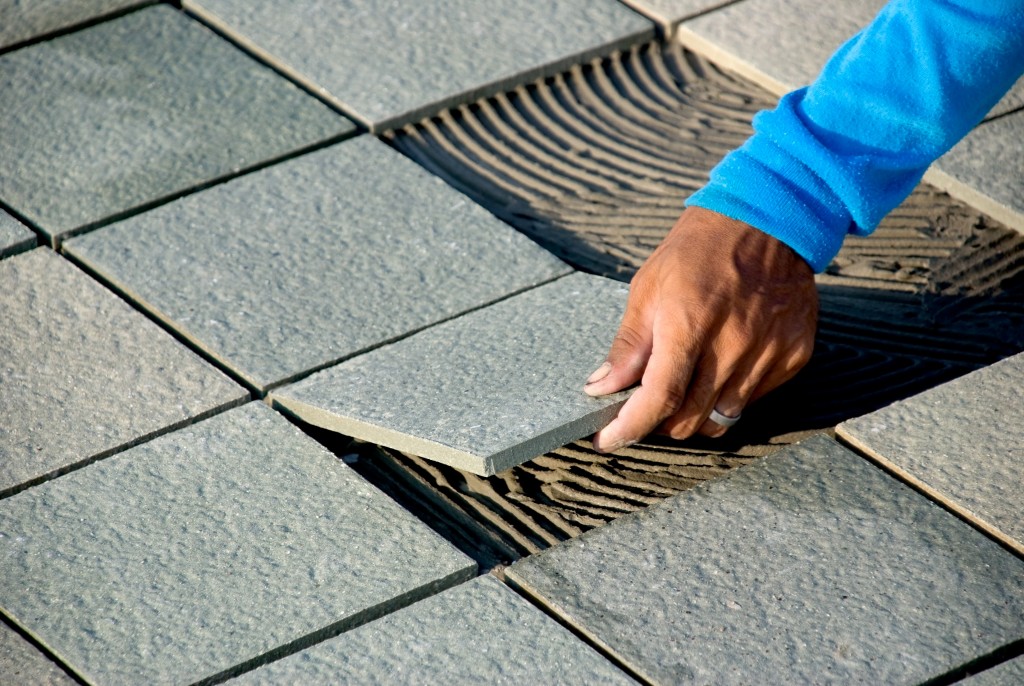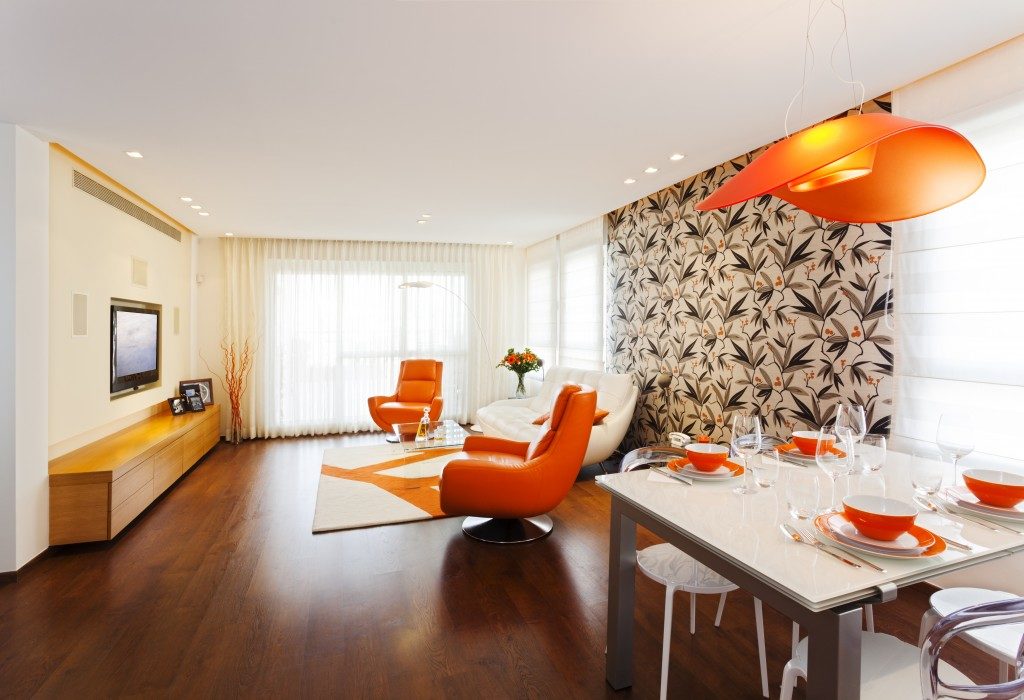The challenge of choosing the best kind of flooring for your home involves more than aesthetics. It also means thinking about durability, insulation, reflectivity, safety features, and cost.
And then you also have to worry about sealing and coating your floor. Fortunately, you can lessen the burden by purchasing high-quality adhesives such as Sika epoxy products, which keep your floor sturdy and glossy.
With all the ideal options on the market, what should you go for? Here are the most popular flooring options:
Ceramic
Ceramic tiles are easy to maintain because they resist dust and are easy to style. Ceramic tiles can either be glazed or unglazed. Glazed tiles have a glossy coat that resembles a glass or porcelain-like finish. Unglazed tiles, also referred to as quarry or terra cotta tiles, feature a more rugged, earthy look, perfect for outdoor or garden landscapes.
The first disadvantage of ceramic tiles is that they’re heavy. This makes the tiles difficult to install, and you have to cut them to fit edges and corner spaces precisely. They also need a tile backer or a cement board layered over the wood subfloors, which will require additional time and labor.
Hardwood
Hardwood floors are considered a standard flooring preference because they’re sturdy, warm to the eyes, and cost-effective in large homes. Typical timber choices include oak, cherry, maple, mahogany, walnut, and bamboo.
Hardwood flooring comes in either traditional solid planks or engineered planks made of bonded layers of thin and thick timbers. Choosing the right type depends on the room and the material of your subfloor. Engineered flooring tends to work best for houses with concrete subfloors or on basements.
You also have to choose a site-finished or pre-finished flooring. This pertains to when the stain and the topcoat are applied. You’ll save time with pre-finished flooring, but you’ll have more agency to customize a site-finished flooring.

Concrete
For a contemporary, industrial look, you can opt for a stone or polished concrete flooring. Its refined, low-key appeal makes other features of your house stand out while maintaining a sleek, low-maintenance look.
Polished concrete is perhaps the most durable option. You can even add radiant heat in the form of electrical cables or water tubes embedded in the concrete. You can also mix acid stains or dyes to recreate a seemingly marble finish.
Stone flooring can be just as durable as concrete. However, the best ones can be quite expensive and are notoriously heavy during installation. They also require upkeep, such as sealing and finishing every few years. Marble, granite, slate, sandstone, and limestone are the most common stone flooring.
Synthetic and Hybrid Flooring
Laminate flooring is usually made the same way as engineered hardwood flooring, as it has a top layer bonded and compressed over plywood layers. It can also resemble the same. Instead of genuine wood, however, it uses a high-grade plastic coating that imitates the finish of wood, stone, or ceramic.
Linoleum is also a popular choice as it is cheap and relatively easy to install. They are resilient, too, so they don’t wear down quickly from constant pressure. Linoleum sheets are usually made of biodegradable materials such as linseed oil, pine resins, or wood powder.
Vinyl flooring is perhaps the most economical option among all these. It’s made with a vinyl layer embedded on felt and foam and is constructed in varying thicknesses. It’s stain, water, and dust-resistant but doesn’t stand up too well to constant strain, heavy loads, and scratches.
As you decide, think about how your house is built, what kind of rooms you’ll have, and the presumed foot traffic over these potential floorings. Regardless of what you choose, make sure it’s sealed and finished perfectly with the perfect resin product.
